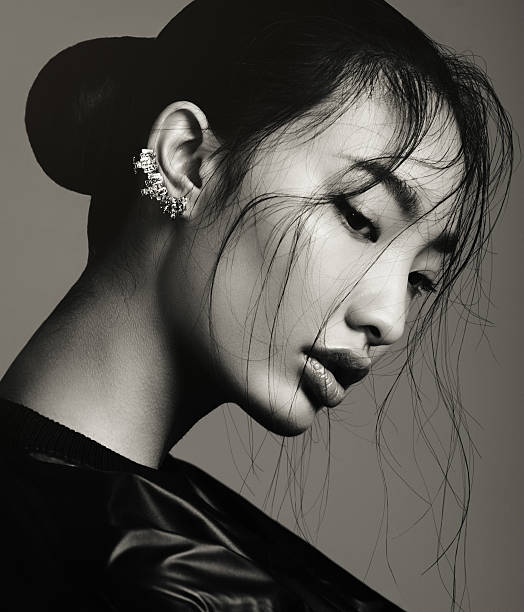Title: Rangoli Design - A Timeless Art of Colors and Patterns
Introduction:
Rangoli is an ancient Indian art form that has been cherished and practiced for centuries. This intricate design art involves creating vibrant and colorful patterns on the floor, typically using powdered colors, rice, or flower petals. Rangoli holds a special place in Indian culture, as it is believed to bring prosperity, good luck, and positive energy to homes. Let's delve into the beauty and significance of this timeless art of colors and patterns.
The history of rangoli dates back to ancient times, where it was originally used as a sacred ritual to welcome deities during festivals and auspicious occasions. Over the years, this tradition has evolved into a form of creative expression, showcasing the unique cultural heritage of different regions across India.
One of the striking features of rangoli design is its intricate geometric symmetry. These patterns are meticulously crafted, often using dots and lines as a guide. The symmetrical nature of rangoli signifies balance and harmony, reflecting the idea of unity in diversity.
Rangoli takes center stage during various Indian festivals, such as Diwali, Pongal, Onam, Navratri, and more. Each festival brings forth distinct rangoli designs, with specific motifs and symbols that hold cultural and religious significance.
India's vast cultural diversity is beautifully depicted in rangoli designs. Different regions boast their own unique styles and motifs, representing their local traditions and folklore. From the vibrant peacock designs of Rajasthan to the intricate Kolam patterns of South India, rangoli unites the nation in artistic expression.
The process of creating rangoli is a sight to behold. Artists skillfully use various materials, including colored powders, rice flour, flower petals, and even sand, to bring their imaginative designs to life. The art form requires precision, creativity, and a keen eye for detail.
Rangoli transcends beyond just an art form; it fosters social bonding and community spirit. Families and friends often come together to create rangoli during festivals, strengthening relationships and celebrating togetherness.
While rangoli remains rooted in tradition, modern artists have also adapted the art form to suit contemporary aesthetics. Innovations like 3D rangoli, floating rangoli, and rangoli with light installations have brought a new dimension to this age-old practice.
Conclusion:
Rangoli design continues to thrive as a beloved art form in India and has even gained recognition worldwide for its captivating beauty. Through its mesmerizing colors and patterns, rangoli transcends cultural barriers, spreading joy, and serving as a symbol of unity and creativity. As we celebrate the rich heritage of rangoli, let us embrace this art form and keep its legacy alive for generations to come.
Introduction:
Rangoli is an ancient Indian art form that has been cherished and practiced for centuries. This intricate design art involves creating vibrant and colorful patterns on the floor, typically using powdered colors, rice, or flower petals. Rangoli holds a special place in Indian culture, as it is believed to bring prosperity, good luck, and positive energy to homes. Let's delve into the beauty and significance of this timeless art of colors and patterns.
- Historical Roots:
The history of rangoli dates back to ancient times, where it was originally used as a sacred ritual to welcome deities during festivals and auspicious occasions. Over the years, this tradition has evolved into a form of creative expression, showcasing the unique cultural heritage of different regions across India.
- Geometric Symmetry:
One of the striking features of rangoli design is its intricate geometric symmetry. These patterns are meticulously crafted, often using dots and lines as a guide. The symmetrical nature of rangoli signifies balance and harmony, reflecting the idea of unity in diversity.
- Festivals and Celebrations:
Rangoli takes center stage during various Indian festivals, such as Diwali, Pongal, Onam, Navratri, and more. Each festival brings forth distinct rangoli designs, with specific motifs and symbols that hold cultural and religious significance.
- Regional Diversity:
India's vast cultural diversity is beautifully depicted in rangoli designs. Different regions boast their own unique styles and motifs, representing their local traditions and folklore. From the vibrant peacock designs of Rajasthan to the intricate Kolam patterns of South India, rangoli unites the nation in artistic expression.
- Materials and Techniques:
The process of creating rangoli is a sight to behold. Artists skillfully use various materials, including colored powders, rice flour, flower petals, and even sand, to bring their imaginative designs to life. The art form requires precision, creativity, and a keen eye for detail.
- Social Bonding:
Rangoli transcends beyond just an art form; it fosters social bonding and community spirit. Families and friends often come together to create rangoli during festivals, strengthening relationships and celebrating togetherness.
- Contemporary Adaptations:
While rangoli remains rooted in tradition, modern artists have also adapted the art form to suit contemporary aesthetics. Innovations like 3D rangoli, floating rangoli, and rangoli with light installations have brought a new dimension to this age-old practice.
Conclusion:
Rangoli design continues to thrive as a beloved art form in India and has even gained recognition worldwide for its captivating beauty. Through its mesmerizing colors and patterns, rangoli transcends cultural barriers, spreading joy, and serving as a symbol of unity and creativity. As we celebrate the rich heritage of rangoli, let us embrace this art form and keep its legacy alive for generations to come.



